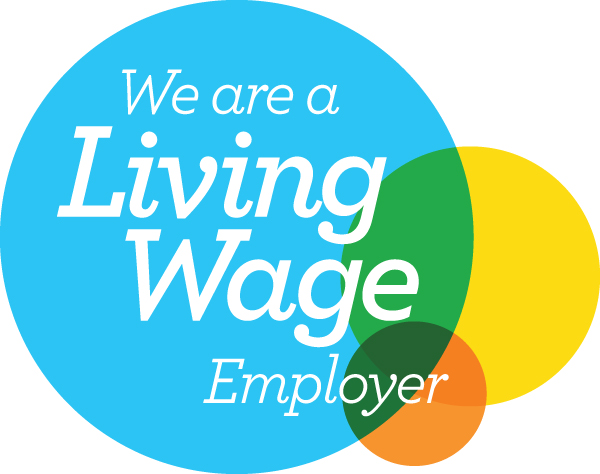Ireland’s latest competitiveness report outlines the nation’s greatest strengths - and challenges
By Joshua Taggart, Junior Consultant
12/05/2023
Last week, the National Competitiveness and Productivity Council (NCPC) released the 2023 Ireland Competitiveness Scorecard. The report measures Ireland’s performance across a wide range of both economic and non-economic criteria to create a fuller picture of the nation’s performance and identify both key strengths and weaknesses of the Irish economy.
What was once the ‘sick man of Europe’ and then became the ‘Celtic Tiger’ has experienced sluggish performance in recent years, particularly as its key sectors struggled to adapt to both the Covid-19 pandemic and the aftershock of Russia’s invasion of Ukraine. Ireland needs to identify the challenges of the present and respond appropriately if it is to safeguard its potential as an attractive place for both businesses and people.
The report flags areas that are negatively impacting Ireland’s competitiveness, and where Ireland’s relative position is not keeping pace with its competitors. The evidence suggests Ireland “performs well in some areas, such as macroeconomic fundamentals, demographics, talent and skills, business and government efficiency, and quality of life indicators”. However, the report also finds that in some key areas, Ireland performed poorly – most particularly in relation to energy, infrastructure, spending on R&D and venture capital, and interest costs to businesses.
One primary weakness of Ireland’s economy identified in the report is Ireland’s energy policy. Ireland’s energy grid is still predominately reliant on imports of natural gas, and while energy dependency is reducing (67% in 2018, down from an average of 89% between 2001 and 2015), there is clear room for growth. In 2021, 31% of Ireland’s energy demands were met by wind power, and Ireland is intent on meeting its 16% renewable energy target as defined in the Renewable Energy Directive. However, it is falling short of this target at just 13% last year. Ireland must pivot from imports of European liquified natural gas (LNG) towards domestic and renewable sources of energy if it is to protect itself from global supply shocks as were seen last year.
Part of what made Ireland become such an advanced economy in such a short space of time was its focus on education, with Ireland’s population becoming one of the most literate of any European nation, including having the highest proportion of third-level graduates. This is a strong model to follow: investing in the population’s skills and employability will reward the nation with higher productivity that cuts through global boom and bust cycles.
However, as the report notes, such a vibrant and skilled labour market requires the opportunities and outlets for this productivity, or else skilled workers will emigrate to find jobs and salaries which merit their time and effort. Part of Ireland’s challenge is to ensure that they are an attractive place to do business, rather than simply headquartering large companies in Dublin for tax benefits and contributing to Ireland’s economy in name only. Ireland’s reducing vacancies and young population are notable strengths of the Irish economy, while a 100% increase in net migration and the ability of older people to remain working for longer are noted as particular strengths for the labour market following the pandemic. In Northern Ireland, meanwhile, it’s cheap to hire workers and living costs in the capital city are low, but the main challenge is raising Northern Ireland’s profile as a business hub as well as providing the political stability and public confidence needed for a thriving economy. Belfast is also focused on its attractiveness to businesses, with its dual market access as a result of the Protocol being an attractive feature for many businesses who seek access to both the UK and EU single markets.
As the report rightly notes, the dynamism, opportunities and wellbeing of the nation’s citizenry are dependent on economic factors such as inflation, interest rates and other monetary policy. The NCPC notes that rising interest rates will eat into Irish households’ budgets and disposable income, and that as government debt matures, “the monetary policy context is likely to be considerably less accommodative than in recent years”. The report identifies prolonged rate increases as a sustainability risk which “will make future borrowing to fund planned public investment more costly”. Ireland’s public debt-per-capita ratio is already one of the highest in the world, with national debt at €226bn at the end of 2022.
This is a stark omen not just to Ireland, but all economies with a leveraged debt-to-GDP ratio: many Western economies will need a radical policy platform to increase productivity in both the short and long term and offset the risk of increasing debt burdens. Ireland could seek to do this in three primary areas:
1. Fostering a business-friendly environment in Ireland, including through rates reductions for SMEs, incentives for hiring Irish staff and an overall reduction in barriers to entry in nascent industries like web3 and tech
2. Resolving the housing crisis in productive parts of the country like Dublin through increases in supply to provide adequate resources for young professionals to live and work in the capital
3. Preparing Ireland for future energy market shifts, including subsidies to support energy independence and greater shares of the grid being generated through renewable energy sources (including onshore and offshore wind)
Ultimately, Ireland must invest and innovate to create proprietary wealth and value if it is to ensure long-term economic success. Ireland’s attitude towards investment in research and development, as well as venture capital, are key sectors to watch. Setting these areas up for success will ensure that Ireland is creating new intellectual property and opportunities for growth as well as attracting the traditional businesses of the recent past. Ireland has done well in the post-2008 era but will require deep structural changes and a change in philosophy to achieve global competitiveness.
We’ve cultivated an environment that harbours independence. Whether they are early birds who go to yoga and then smash their news updates before 8.30am, or they simply hate travelling on the tube in rush hour, we trust and respect our team’s skills and conscientiousness. As long as core responsibilities are covered, our team is free to work flexibly.
We’re proud to be a living wage employer. We believe that no one should have to choose between financial stability and doing a job they love, so we pay a wage that allows our team to save for a rainy day and guarantees a good quality of life.
Sign up to receive the Atticus Agenda
Sign Up Here



